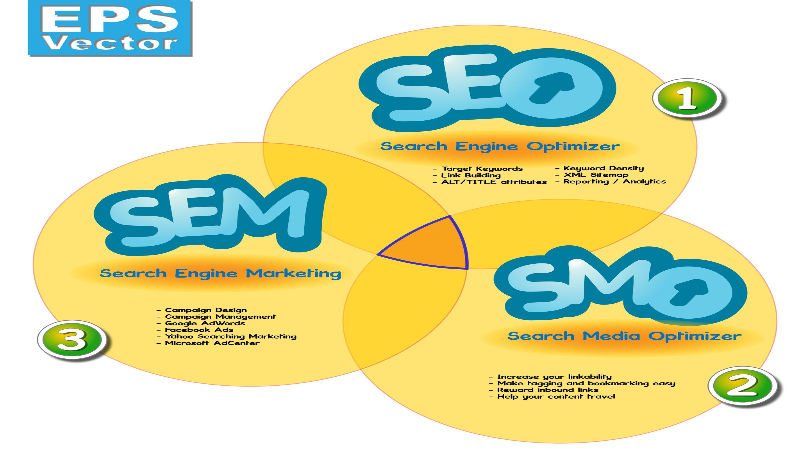How you can best use a demand-side platform or programmatic vendor to boost your business.
When looking at your marketing plan and all the different avenues you have available to reach your customers, the term “demand-side platform” is sure to enter the conversation at one point or another. But what is a demand-side platform? A demand-side platform (DSP) works to place your ads online across different websites and apps. This offering isn’t a new one and as such there are many DSPs to choose from. When it comes to evaluating DSPs and deciding if one is right for your business, it’s important to consider these three factors.
1. Identify your end goal and what you’re already doing to advertise your business. When looking at a DSP, it’s important to determine if you’re focused on increasing direct sales, or building brand awareness. Email marketing and social media advertising might be great at helping pull in direct sales, but a DSP could be a good option for increasing your reach in market. Programmatic is an enhancement to your marketing strategy and not a replacement. Other forms of advertising should be used in conjunction even though the goal for each advertising campaign could vary.
2. Examine the minimum required spend to run a campaign and how your budget is weighted against different tactics. Not all DSPs are easily accessible to small businesses, with some providers having minimums greater than $2,500. Once you find an overall budget you’re comfortable with spending, you’ll want to look at the several tactics that your budget will be spread out against. Different tactics will need different levels of spend depending on how granular they are. Some DSPs and programmatic vendors can weigh as much as 50% of a client’s budget against remarketing without them knowing. An effective programmatic vendor will take your goals and budget into account when determining how your budget will be allocated across various prospecting and remarketing tactics.
3. Evaluate how easy a demand-side platform or programmatic vendor is to use. Starting a programmatic campaign should be simple and require low oversight on your end. A good DSP or programmatic vendor should serve as a partner who you can trust to run your campaigns efficiently and effectively.
Once you’ve investigated these points, you’ll be better equipped to determine if a programmatic campaign through a vendor or DSP is well suited for your business. If you have further questions about choosing a DSP or how programmatic campaigns can expand reach for your business, get connected with the programmatic experts at Awarity.
